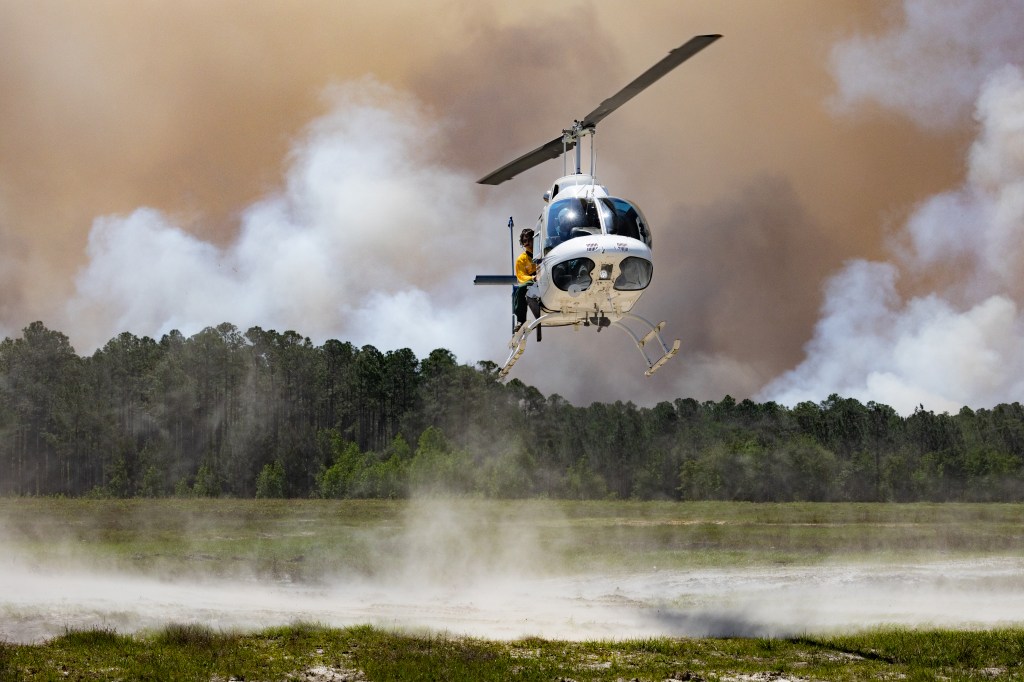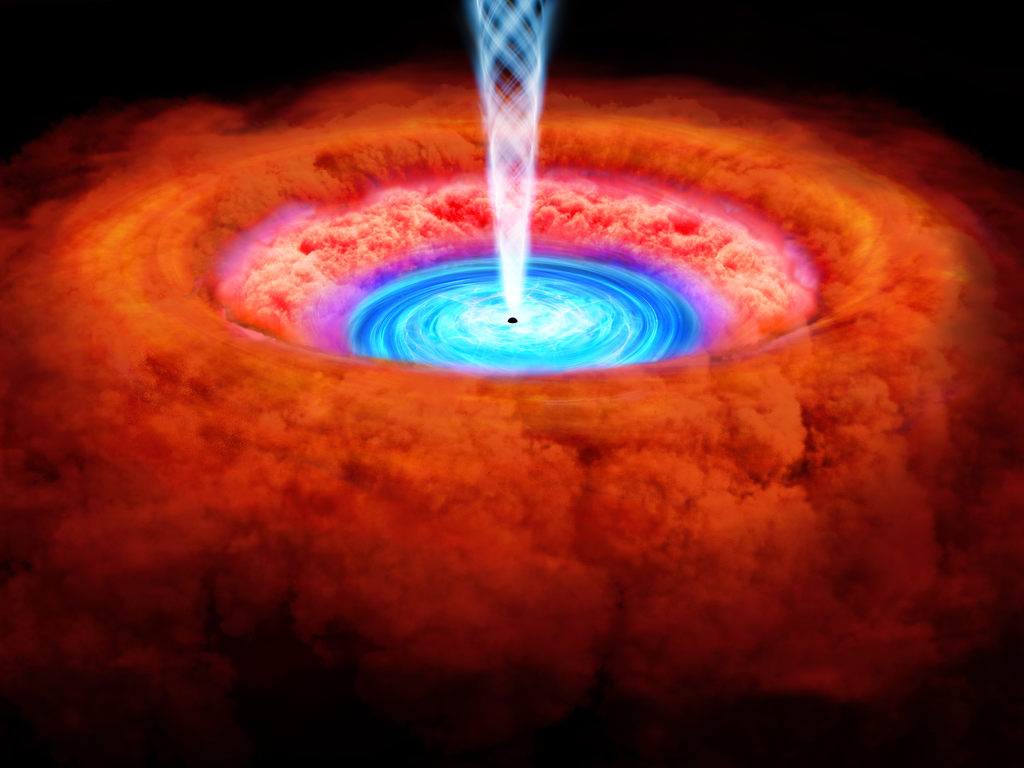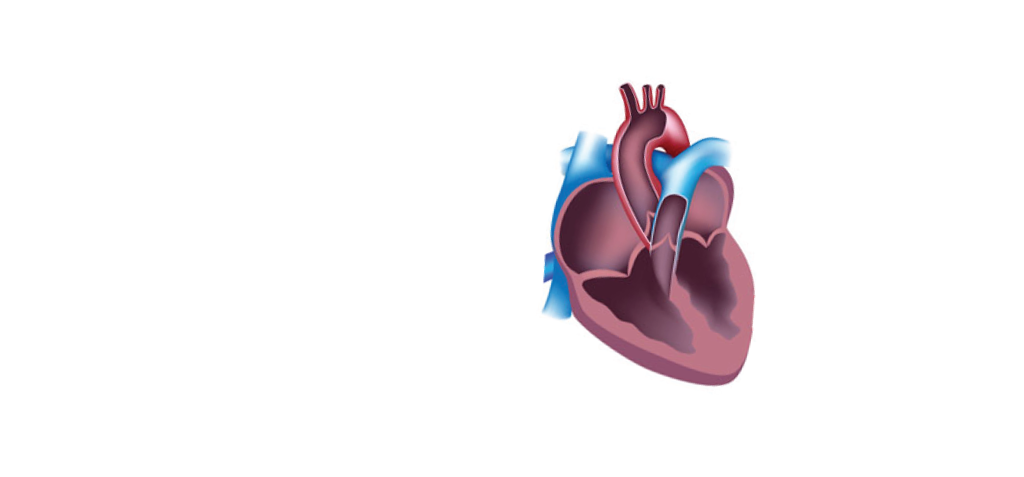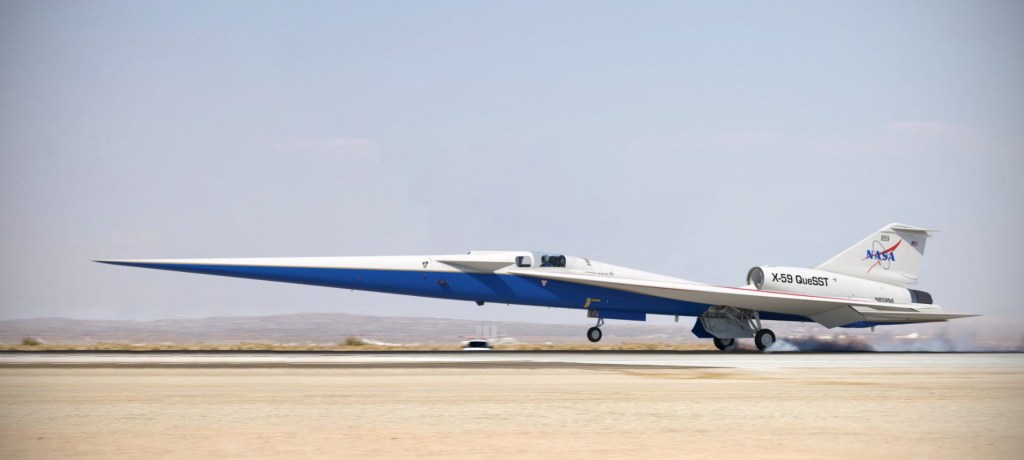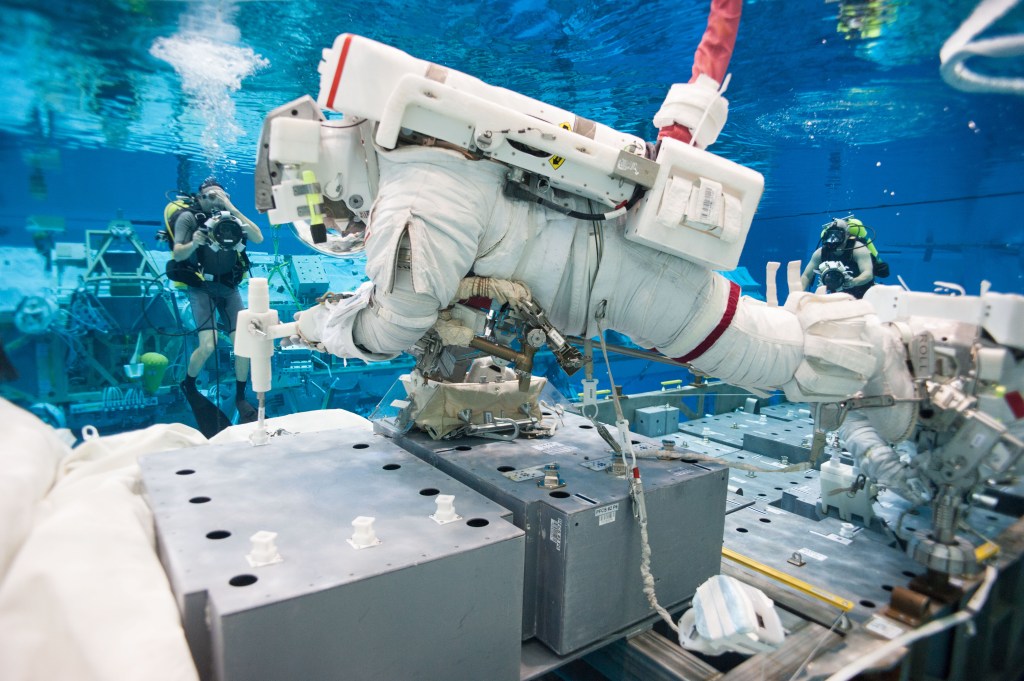2.0 Applicable Documents

2.0 APPLICABLE DOCUMENTS
2.1 General
2.1.1
The documents listed in this section contain provisions constituting technical requirements of this NASA Technical Standard as cited in the text.
2.1.2
The latest issuances of cited documents apply unless specific versions are designated.
2.1.3
Use of a version other than as designated must be approved by the delegated Health and Medical Technical Authority.
2.1.4
Applicable documents may be accessed at https://standards.nasa.gov or obtained directly from the Standards Developing Body or other document distributors. When not available from these sources, information for obtaining the document is provided or user should contact the office of primary responsibility or Center Library.
2.1.5
References are provided in Appendix A.
2.1.6
Acronyms, abbreviations, and symbols are provided in Appendix B.
2.1.7
Definitions are provided in Appendix C.
2.2 Government Documents
NASA
| HEOMD-003 | Crewed Deep Space Systems Human Rating Certification Requirements and Standards for NASA Missions (https://ntrs.nasa.gov/api/citations/20210024177/downloads/HEOMD-003%20Crewed%20Deep%20Space%20Cert%20Rqmts%20Rev%20A_Post-Final.pdf) |
| JPR-1880.4 | Requirements and Limitations for Exposure to Reduced Atmospheric Pressure |
| JPR-1800.5 | Biosafety Review Board Operations and Requirements |
| JSC-20584 | Spacecraft Maximum Allowable Concentrations for Airborne Contaminants |
| JSC-26895 | Guidelines for Assessing the Toxic Hazard of Spacecraft Chemicals and Test Materials (https://www.nasa.gov/sites/default/files/atoms/files/jsc_26895_rev1_final.pdf) |
| JSC-33124 | 41-Node Transient Metabolic Man Computer Program Documentation – A thermal regulatory model of the human body with environment suit applications |
| NASA-STD-3001, Volume 1 |
NASA Spaceflight Human-System Standard, Volume 1: Crew Health |
| NASA-STD-5017A | Design and Development Requirements for Mechanism |
| NASA-STD- 8719.27 |
Implementing Planetary Protection Requirements for Space Flight |
| NASA/SP-20103407 | Human Integration Design Handbook (HIDH) |
| NASA/SP- 20210010952 |
NASA Human Systems Integration Handbook https://ntrs.nasa.gov/citations/20210010952 |
| NASA/TM-2013- 217380 |
Application of the Brinkley Dynamic Response Criterion to Spacecraft Transient Dynamic Events |
| NPD 1000.3 | The NASA Organization |
| NPD 8020.7G | Biological Contamination Control for Outbound and Inbound Planetary Spacecraft (https://nodis3.gsfc.nasa.gov/npg_img/N_PD_8020_007G_/N_PD_8020_007G__main.pdf) |
| NPR 8705.2 | Human-Rating Requirements for Space Systems |
| NPD 8900.5 | NASA Health and Medical Policy for Human Space Exploration |
| NPR 7120.5 | NASA Space Flight Program and Project Management Requirements |
| NPR 7120.11 | NASA Health and Medical Technical Authority (HMTA) Implementation |
| NPR 7123.1 | NASA Systems Engineering Processes and Requirements |
| SLS-SPEC-159 | Cross-Program Design Specification for Natural Environments (DSNE) |
Federal
| 49 CFR Part II, Parts 213 and 238 | Department of Transportation, Federal Railway Administration: Vehicle/Track Interaction Safety Standards; High-Speed and High Cant Deficiency Operations; Final Rule March 13, 2013 |
2.3 Non-Government Documents
American Conference of Governmental Industrial Hygienists (ACGIH)
| ACGIH | Threshold Limit Values (TLVs®) and Biological Exposure Indices (BEIs®) Based on the Documentation of the Threshold Limit Values for Chemical Substances and Physical Agents & Biological Exposure Indices (www.acgih.org/) |
American National Standards Institute (ANSI)
| ANSI C78-377 (see NEMA C78.377) | Electric Lamps – Specifications for the Chromaticity of Solid-State Lighting (SSL) Products |
| ANSI/ASA S2.70 (2006) | Guide for the Measurement and Evaluation of Human Exposure to Vibration Transmitted to the Hand |
| ANSI/ASA S3.2 (2009) (see LIA Z136.1) | Method for Measuring the Intelligibility of Speech over Communications Systems |
| ANSI LIA Z136.1 (2014) | American National Standard for Safe Use of Lasers |
American Society for Testing and Materials (ASTM) International
| ASTM C1057-17 | Standard Practice for Determination of Skin Contact Temperature |
| ASTM F2291-18, ASTM F2291-20 | Standard Practice for Design of Amusement Rides and Devices |
Illuminating Engineering Society (IES)
| IES TM-30 | Method for Evaluating Light Source Color Rendition |
Institute of Electrical and Electronics Engineers (IEEE)
| IEEE C95.1™ | IEEE Standard for Safety Levels with Respect to Human Exposure to Electric, Magnetic, and Electromagnetic Fields, 0 Hz to 300 GHz |
International Electrotechnical Commission (IEC)
| IEC/TR 60479 | Effects of current on human beings and livestock |
| IEC 60601 | Medical Electrical Equipment |
International Organization for Standardization (ISO)
| ISO 2631-1:1997 | Mechanical vibration and shock – Evaluation of human exposure to whole-body vibration – Part 1: General requirements, Annex B and Annex D |
| ISO 20283-5 | Mechanical vibration—Measurement of vibration on ships; Part 5 -Guidelines for measurement, evaluation and reporting of vibration with regard to habitability on passenger and merchant ships |
| ISO 7731:2003(E) | Ergonomics — Danger signals for public and work areas — Auditory danger signals |
2.4 Order of Precedence
2.4.1
The requirements and standard practices established in this NASA Technical Standard do not supersede or waive existing requirements and standard practices found in other Agency documentation.
2.4.2
Conflicts between this NASA Technical Standard and other requirements documents will be resolved by the delegated Technical Authority.









